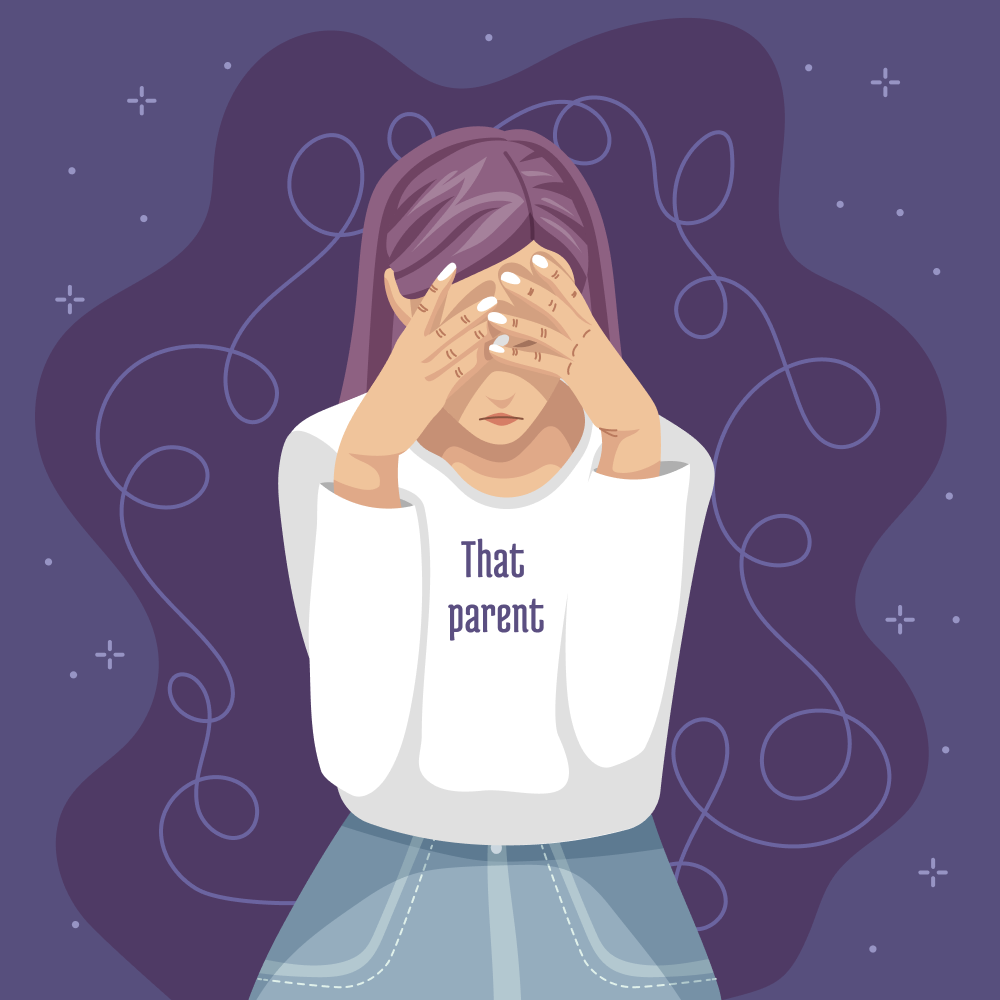There is a category of harm that most institutions do not name, do not track, and do not treat—because doing so would require them to admit that they caused it. This kind of harm accumulates in the body slowly, like sediment, until what once looked like coping becomes collapse. It is the product of chronic inattention, delayed support, withdrawn care, and the endless bureaucratic violence of systems that respond to suffering with forms and time limits. In The Right to Maim: Debility, Capacity, Disability, philosopher Jasbir Puar calls this slow attrition by its rightful name: debility.
Where many in disability studies have helped us understand disability as a social construct—produced through inaccessible design, medical gatekeeping, and social exclusion—Puar adds something else. She reminds us that the state does not distribute care equally, and that the boundaries around whose suffering counts as disability are drawn strategically. Disability, in her framework, can be a site of inclusion and rights—but only for those who are willing or able to make themselves legible, and only when that legibility fits the state’s interest in managing populations.
Invisible suffering
Debility is what happens to those whose suffering remains invisible, misinterpreted, or too inconvenient to support.
It describes the long, grinding process of bodily and psychic deterioration that results from exposure to institutional neglect. It accounts for what happens to children who are told they do not qualify, who are placed on waitlists, who are accused of exaggeration, whose masking becomes misread as wellness, and whose refusals are pathologised as defiance.
In BC schools, I have watched this happen to my own child. Robin has a diagnosis. He has a paper trail that should grant legitimacy. But support was always provisional—granted only when he collapsed and withdrawn when he appeared too capable. His nervous system was taxed beyond its limits. And when he could no longer function inside the school, he was offered a “fresh start” somewhere else. As if the harm would not follow him.
Robin lives in that liminal space between categories—too articulate to be seen as struggling, too dysregulated to be easy. He is both brilliant and burned out, both masked and collapsing. And because he refuses to perform his distress in a way the system recognises, his suffering is not met with care. That is what debility names.
Puar’s contribution helps clarify something families like mine already feel in our bones: that the difference between support and abandonment is often not need, but recognisability. Schools are more prepared to respond to students whose disabilities are visible, external, and coded as risk—especially when those students do not disrupt the social or emotional equilibrium of the class. But children who are anxious, avoidant, aggressive, or frozen—children who speak fluently and then stop, who hide under desks, who flee the room, who “refuse” to participate—are often treated as problems to be relocated.
This is not failure. This is design.
Debility, as Puar reminds us, is not incidental. It is the intended byproduct of a system that values order over care, compliance over restoration, and productivity over presence. When children become too complex to slot into predetermined categories—when they require more than the state has budgeted for—they are slowly worn down, suspended in waiting, and eventually pushed out. And all of it happens under the pretense of neutrality.
When we name what’s happening to our children as debility, we refuse euphemism. We refuse to call harm “behaviour.” We refuse to accept that a child’s disappearance from school should be explained away as disinterest, disorder, or choice. We insist on naming the cost of systems that function precisely by delaying care until the damage is irreversible.
And we begin, at last, to demand something better.







